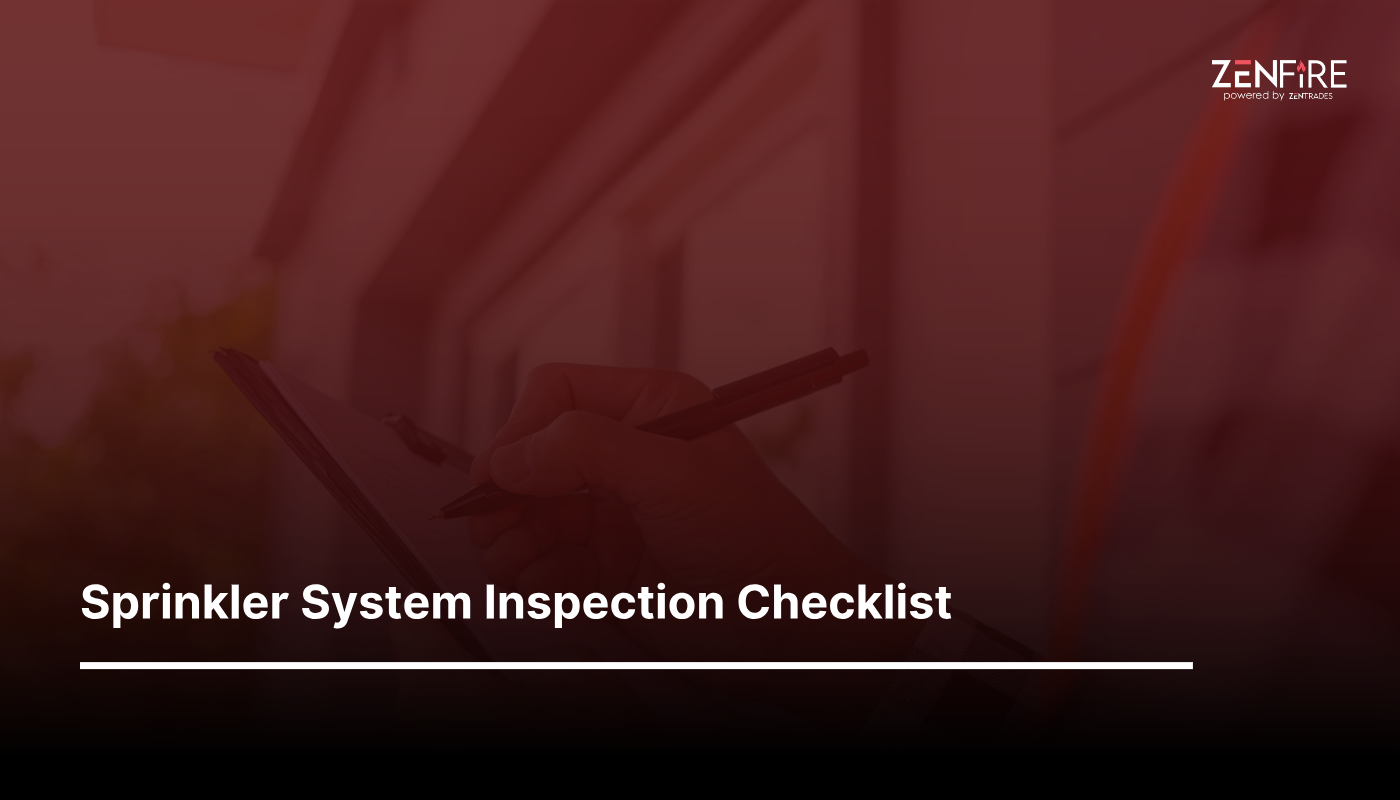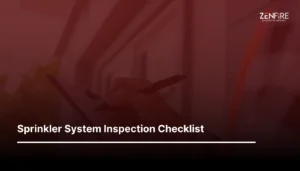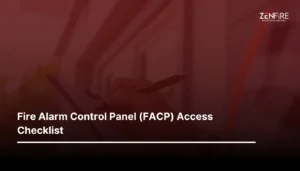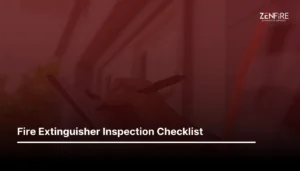Sprinkler System Inspection Checklist
What Is A Sprinkler System?
A sprinkler system, in simple terms, is a network of pipes and heads enabling a consistent flow of water or other chemical agents during a fire situation. They are the primary fire suppression tools that extinguish fires instantly and reduce the effect of damage. They are installed in residential, commercial, and industrial sites to enable enough time for people to escape and suppress the fire before anything irreversible happens.
Why Conduct Sprinkler System Inspections?
Sprinkler systems are vital fire protection units that help mitigate fires by spraying water or other chemical agents. If system inspections are not conducted properly, they can cause devastating damage in the long term. You don’t want your protection and suppression systems to malfunction during an actual fire emergency. This is why you need effective and efficient tools that can help you ensure that your inspection process is thorough and the checking is flawless.

Related Reading
Emergency Lighting
Emergency Lighting Checklist Explore More Checklist Download Now What Is Emergency Lighting? Emergency lighting is a crucial component of fire safety measures...
Sprinkler System Inspection Checklist
Sprinkler System Inspection Checklist Explore More Checklist Download Now What Is A Sprinkler System? A sprinkler system, in simple terms, is a...
Fire Alarm Control Panel (FACP) Access Checklist
Fire Alarm Control Panel (FACP) Access Checklist Explore More Checklist Download Now What Is A Fire Alarm Control Panel (FACP)? The most...
Fire Extinguisher Inspection Checklist
Fire Extinguisher Inspection checklist Explore More Checklist Download Now What Is A Fire Extinguisher? Fire extinguishers are primary equipment in situations of...
Tagged fire sprinkler systems



